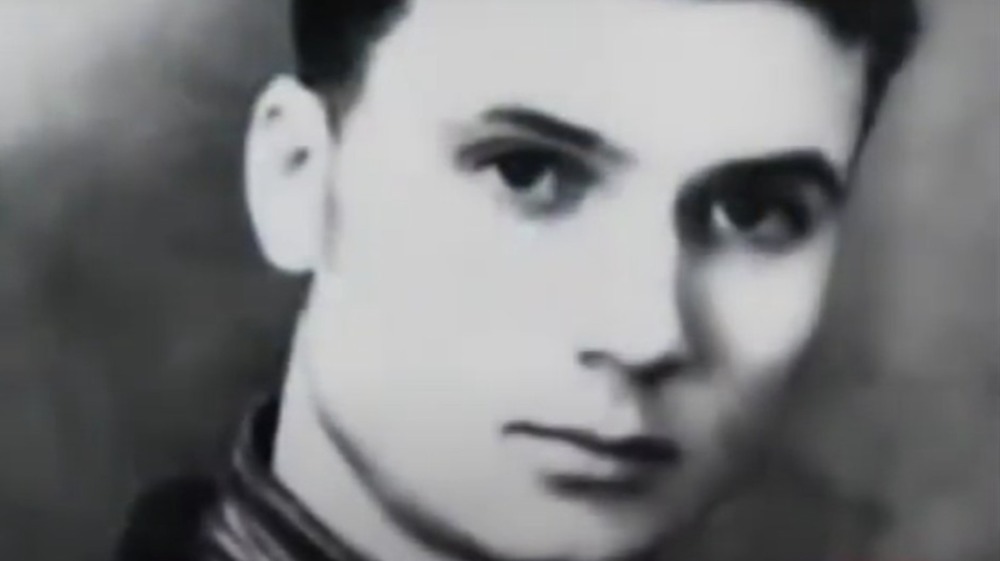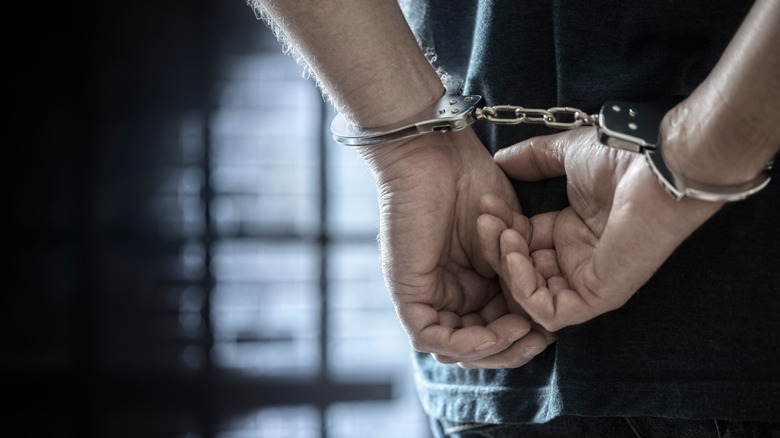How Serial Killer Andrei Chikatilo Was Finally Caught
In the press, he had become known as "The Butcher of Rostov," "The Rostov Ripper," and "The Red Ripper." That's because the police had no leads. But Andrei Chikatilo was operating in plain sight. Before it was over, he would become one of the most prolific killers in the Soviet Union, going on a killing spree for 20 years. Sexual degradation of more than 50 children and women was his hallmark.
Chikatilo's first assault was during his time as a teacher in the early 1970s, when he began exposing himself to students, and fondling female students before ejaculating on them, according to the Los Angeles Times. He was shuffled from one school to another, all the while preparing to commit his first murder, which came in 1978, when he kidnapped, tortured, and stabbed 19 year-old Yelena Zakotnova, whom he lured from a bus stop.
Throughout the 1980s, Chikatilo increased the number of victims each year. He most often preyed on homeless children and runaways, frequently picking them up from transit stations. It wasn't until the early '80s that the police realized they had a serial killer on their hands. They enlisted the help of a psychiatrist, Dr. Alexandr Bukhanovsky, who concluded that the killer was using his kills for sexual gratification, and the knife was being used as a metaphorical penis for someone who was impotent, The New York Times reported. With a better sense of what they were looking for, the police began to close in on their killer.
Decades later Andrei Chikatilo was finally caught
Chikatilo managed to narrowly escape capture on a few occasions, but his luck began to change on November 6, 1990, just moments after his final murder. A patrolling policeman noticed Chikatilo at a nearby train station looking suspicious. His clothing was covered in mud and leaves, and he had blood across his earlobe and cheek, according to RT. Although the officer couldn't prove Chikatilo had done anything wrong, he took his details and filed a report. When a body was later found in the area, they combed through records and found Chikatilo's, placing him under surveillance for the next six days.
On November 20, 1990, following more suspicious behavior, the police arrested him, the Associated Press reported. For days, the police got nowhere with Chikatilo, so they turned to Bukhanovsky. It seemed Chikatilo was flattered by the idea of bringing in somebody with such a high level of expertise, almost treating it like two colleagues discussing their work. Chikatilo provided extensive details of all of his killings, and led police to sites of previously undiscovered bodies. In the end, Chikatilo confessed to 56 victims, although the police could prove only 53 of them.
Chikatilo went to trial on April 14, 1992 and was found guilty of 52 of the 53 murders, The New York Times reported at the time. Sentenced to death for each of the murders, he was executed on February 14, 1994, by a gunshot to the back of the head.

